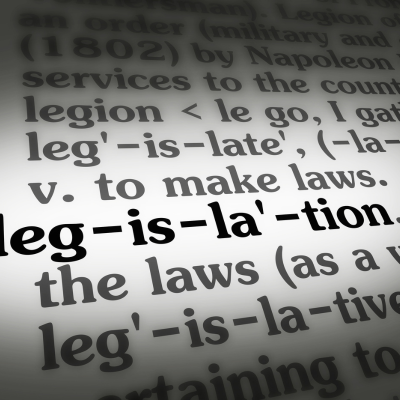From americanprogress.org
Skills-based practices can spur an equitable recovery in the state and local government workforce by ensuring that positions are open to all qualified applicants.
Introduction and summary
State and local government workers deliver services that Americans depend on every day for individual and public welfare. The state and local government sector is also a major employer, and it is a direct source of economic security for more than 19 million workers across the country. In its capacity as an employer, purchaser, and producer of public goods and services, it is a major driver of economic activity. Yet since the Great Recession, city and state governments in the United States have experienced declines in employment, falling wages that struggle to compete with employment opportunities in other sectors, and serious challenges recruiting new talent.1 During this time, some cities and states have considered a new strategy to expand and diversify their workforces: skills-based hiring.
This report outlines the current employment challenges facing state and local governments and outlines the role that skills-based practices—including hiring and training—should play in the recovery, expansion, and growth of state and local government workforces.
The report identifies five components to successful implementation of a skills-based approach:
- Engage the right stakeholders.
- Identify occupations.
- Build skills-based job descriptions.
- Invest in training.
- Establish recruitment partnerships.
State and local governments that implement skills-based practices can expand and diversify their workforces and meet their own talent needs.
State and local government employment has recovered slowly from the COVID-19 pandemic
In a previous report, the Center for American Progress outlined how the state and local government workforce is crucial to delivering critical services to constituents and economic security to its workers.2 In addition, Opportunity@Work has outlined the skills of workers without college degrees, their pathways to higher-wage work, and ways that employers can implement skills-based hiring and practice change.3
State and local governments deliver services upon which their residents rely, including public education and child care, benefits administration, public health, elections, building and maintenance of roads and bridges, parks and recreational operations, and much more. Yet understaffing means that service delivery is impaired. For example, at the height of the COVID-19 pandemic, understaffed unemployment insurance agencies were unable to deliver timely payments to workers; reduced public transit operations resulting from a lack of staff made getting to school, work, and other responsibilities difficult; and a stark increase in deaths in several prison systems has been attributed to chronic staff shortages.4
State and local government accounts for 12 percent of employed people and disproportionately employs women and workers of color: 60.3 percent of state and local workers are women, compared with 44.5 percent of federal government workers and 46.5 percent of private sector workers. Throughout the 20th century, civil rights activists targeted access to public sector employment—particularly for Black workers—to provide economic opportunity, and employment in this sector has since improved wages and wealth for Black Americans. Today, 16 percent of Black women and 10 percent of Black men work in state and local government.5
Despite the critical importance of these jobs for both the workers who fill them and constituents, state and local government hiring is not as robust as it should be. While private sector employment has surpassed pre-pandemic employment levels, the public sector—state and local government in particular—has not. As of October 2022, state and local government employment is still 1.1 percent and 3.3 percent below pre-pandemic levels, respectively. (see Figure 1) In 2021, declines were particularly visible in occupations involved in direct service delivery to constituents—such as office clerks, claims adjusters, appraisers and examiners, nurses, and personal care aides—as well as occupations that keep the lights on and systems operational, such as computer scientists and web developers, accountants, security guards, and maids and housekeeping cleaners.6


